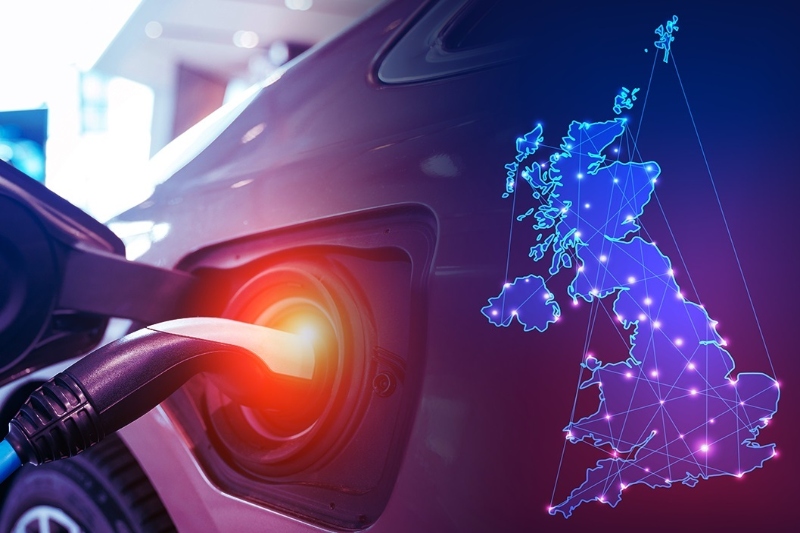

The fleet industry is the lifeblood feeding the vital organs of the UK economy. Utilising cars, vans and trucks, fleets operate in every town, city and region of the UK and are leading the transition to zero emission road transport.
Representing millions of vehicles on our roads, the fleet sector is responsible for the majority of zero emission vehicle sales in the UK. It is also feeding the used market, making electric vehicles an affordable option for more motorists. This is driving the development of vehicles and solutions to benefit all drivers, with fleets being the early adopters to test and demonstrate the viability of charging network solutions.
Access to fast, affordable, reliable, accessible and secure charging infrastructure is the biggest concern that organisations and drivers face when planning for their electric future. Fleets operate a wide range of vehicles in a wide variety of ways. There is no one-size-fits-all charging solution.
A numbers game?
Where infrastructure has been seen as a numbers game up to now, the conversation must evolve. Quantity of chargepoints in the ground is but one element that will contribute to a healthy, useable network.
Accessibility, power output, location, connection type, cost – the factors at play when rolling out EV charging infrastructure are varied and complex. Adding to that is the fact that driver needs and vehicle capabilities change on a case-by-case basis.
The needs of a company car driver with off-street parking are chalk and cheese with those of a van courier completing high-mileage routes every day without the opportunity for a conventional home-charging solution.
Collaborating for success
Government programs such as the Local Electric Vehicle Infrastructure (LEVI) fund are giving more power and resources to local authorities. The power is in their hands to create a charging network that works for all drivers in their constituency. That power comes with a host of challenges and the responsibility to find solutions that work with all road users cannot sit solely with the local teams.
Government funding is hugely important, but policymakers also need support in understanding the needs of different fleet users, whether it is those based locally or those travelling through. Fleets are already living and breathing the transition to EVs and are familiar with the barriers, frustrations, and benefits that it brings.
Getting the right infrastructure in the right place at the right time requires close collaboration between everyone in the electric vehicle ecosystem. That includes drivers, fleet operators, chargepoint operators (CPOs), distribution network operators (DNOs), local authorities (LAs) and national Government. Only when all of those voices are heard can a network be developed from an informed base.
The BVRLA is kickstarting that collaboration. Through its Fleet Charging Guide and corresponding Charging Index, the association is highlighting the challenges being faced by fleets, making recommendations for how policymakers can overcome them.
When it comes to developing a fleet friendly EV charging infrastructure, the BVRLA has created a list of seven top tips for local authorities to consider:
1. Have a single point of contact and make it easy for local fleet operators to get in touch and share their views.
2. Take advantage of support and funding. Trade bodies, industry representatives and fellow LAs are well placed to provide guidance.
3. Share and learn from best practice. See where you can learn from the experiences of others.
4. Set an example. Lead the way by decarbonising your own fleet and adapting wider business travel plans.
5. Use tenders effectively. Build in elements that will futureproof the network and investment.
6. Explore innovative solutions. See what is out there and where multiple solutions could address multiple use cases
7. Effectively signpost chargepoints. Make it clear to drivers not only where chargepoints are, but what power output they have and if the bays are suitable for larger vehicles too
These tips give local authorities a springboard to work from, but it is a long and considered journey. The critical element is that the fleet sector is ready and waiting to engage for the ultimate benefit of all road users.
Full resources and further support are available via bvrla.co.uk/LApledge, where local district and council representatives also have the opportunity to sign the Fleet Friendly EV Charging Pledge. The race to decarbonise our road transport will be won or lost at the local level. In signing the pledge, local authorities can publicly demonstrate their commitment to pick up the baton.
This article first appeared in the Autumn issue of LAPV. To subscribe for free click here.